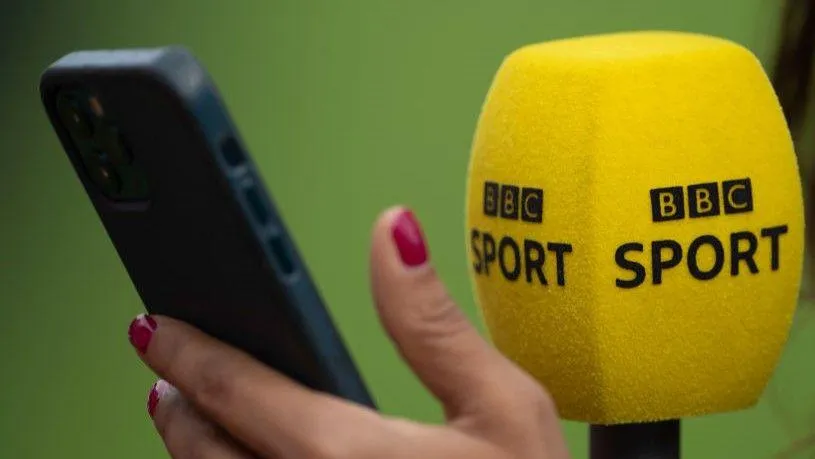Today's Top Highlights
Discover our latest stories and insights from around the world
 News
News
sponsored news

News
Tour of Spain Disorder Shows The Way Promoting Sport as a Vehicle for Harmony May Create Its Own Battlefield
-

- By Scott Myers
- 18 Sep 2025

News
Should Our Roommate Cease Cleaning Their Teeth at the Kitchen Sink?
-

- By Scott Myers
- 18 Sep 2025

News
Enzo Maresca's side can excel in UEFA's top tournament - Cole Palmer declares
-

- By Scott Myers
- 18 Sep 2025

News

News
Acclaimed in the manner of Diego Maradona – could De Bruyne come back to torment Man City?
-

- By Scott Myers
- 18 Sep 2025















